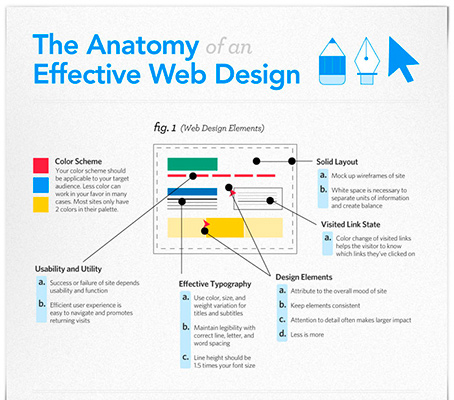Interested In Learning Exactly How Site Layout Has Advanced? Take A Trip Through The Change
Interested In Learning Exactly How Site Layout Has Advanced? Take A Trip Through The Change
Blog Article
Post Written By-Thorsen Lunde
In the past, internet sites were easy and focused on information. https://www.inventiva.co.in/trends/how-artificial-intelligence-future-digi/ was straight, and style was for desktop computers. Currently, individual experience is vital. Information guides layouts for easy navigation. Responsive designs suit different devices. Today, dark setting decreases pressure, and minimal menus boost navigation. Interactive functions engage users, and strong visuals stand out. AI assimilation improves involvement. See how design has actually evolved to boost your online journey.
Very Early Days of Web Design
In the early days of web design, simplicity reigned supreme. Web sites were basic, with restricted colors, typefaces, and layouts. The focus was on giving details instead of showy visuals. Users accessed the web through slow dial-up links, so rate and performance were crucial.
Navigation food selections were straightforward, commonly situated at the top or side of the web page. Web sites were developed for desktop, as mobile browsing wasn't yet prevalent. Web content was king, and developers prioritized simple readability over complex design components.
HTML was the key coding language used, and designers needed to function within its restraints. Computer animations and interactive functions were minimal contrasted to today's requirements. Web sites were fixed, with little dynamic content or personalized customer experiences.
Rise of User-Focused Layout
With the evolution of website style, a shift in the direction of user-focused design principles has come to be progressively noticeable. Today, producing internet sites that prioritize user experience is vital for involving visitors and accomplishing organization goals. User-focused layout entails recognizing the requirements, choices, and habits of your target market to customize the internet site's layout, content, and features appropriately.
Developers now carry out comprehensive study, such as customer surveys and usability testing, to gather insights and feedback straight from customers. This data-driven technique helps in producing intuitive navigation, clear calls-to-action, and visually enticing interfaces that reverberate with site visitors. By positioning the customer at the facility of the design procedure, websites can supply a much more personalized and pleasurable experience.
Responsive style has also become an essential facet of user-focused layout, making sure that web sites are optimized for numerous devices and display dimensions. This versatility improves access and use, dealing with the varied ways customers communicate with internet sites today. Essentially, the increase of user-focused style symbolizes a shift towards creating digital experiences that focus on the needs and expectations of completion user.
Modern Trends in Website Design
Explore the latest patterns shaping website design today. One famous pattern is dark setting design, using a smooth and modern appearance while decreasing eye strain in low-light settings. Another crucial fad is minimal navigation, simplifying menus and boosting customer experience by concentrating on essential elements. Including micro-interactions, such as computer animated buttons or scrolling effects, can produce a much more interesting and interactive website. Receptive layout continues to be essential, guaranteeing seamless individual experiences across various tools. In addition, using vibrant typography and unbalanced designs can include visual interest and accentuate specific material.
Incorporating AI modern technology, like chatbots for client support or customized referrals, enhances individual engagement and improves processes. Access has additionally come to be a substantial pattern, with developers focusing on inclusive style practices to deal with diverse customer requirements. Welcoming sustainability by enhancing website performance for speed and performance is one more emerging pattern in web design. Working together with user feedback and information analytics to iterate and enhance layout continuously is essential for staying pertinent in the ever-evolving digital landscape. By embracing these modern patterns, you can develop an aesthetically appealing, user-friendly website that reverberates with your target market.
Final thought
As you reflect on the advancement of internet site style from the early days to currently, you can see how user-focused design has actually become the driving force behind modern-day patterns.
Accept the journey of modification and adaptation in website design, constantly maintaining the individual experience at the center.
Remain existing with the most recent patterns and technologies, and never stop advancing your approach to produce visually spectacular and straightforward web sites.
Advance, adjust, and produce - the future of web design remains in your hands.
